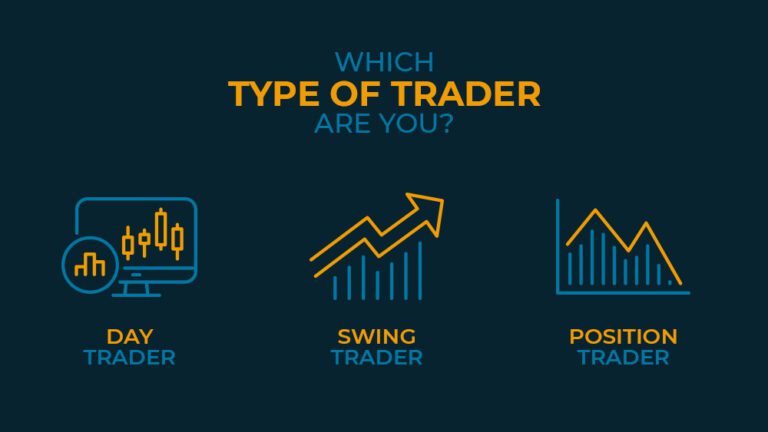- In the vast and dynamic world of forex trading, success often hinges on the ability to decipher market trends and make informed decisions. While experience and intuition play vital roles, leveraging forex indicators can provide traders with valuable insights into potential market movements. However, with countless indicators available, selecting the right ones can be overwhelming. This guide aims to demystify the process, offering clarity on choosing forex indicators to enhance your trading strategy.
1. Understand Your Trading Style
- Before diving into the world of forex indicators, it's crucial to understand your trading style. Are you a day trader looking for short-term gains, or do you prefer a more long-term approach? Different indicators cater to various trading styles, so identifying yours is the first step in selecting the right tools for your strategy.

2. Focus on Core Indicators
- While the forex market offers an abundance of indicators, focusing on a few core ones can streamline your analysis process. Popular indicators such as Moving Averages, Relative Strength Index (RSI), and Bollinger Bands are widely used for their simplicity and effectiveness in identifying trends, momentum, and volatility.

3. Consider Market Conditions
- Market conditions play a significant role in determining which indicators to use. In trending markets, indicators like Moving Averages and MACD (Moving Average Convergence Divergence) can be highly effective in identifying trend direction and momentum. Conversely, in ranging markets, oscillators like RSI and Stochastic Oscillator can help pinpoint potential reversal points.

4. Combine Indicators Wisely
- Rather than relying on a single indicator, consider combining multiple indicators to confirm signals and reduce false signals. For example, pairing a trend-following indicator like Moving Averages with a momentum oscillator like RSI can provide a more comprehensive view of market dynamics, increasing the accuracy of your trading decisions.

5. Customize Indicators to Fit Your Strategy
- While default settings may work for some traders, customizing indicators to align with your trading strategy can enhance their effectiveness. Experiment with different parameter settings and timeframes to find the optimal configuration that best suits your trading style and preferences.

Key Takeaways
1. Tailor Your Approach
- There is no one-size-fits-all solution in forex trading. Tailor your indicator selection to align with your trading style, preferences, and market conditions.
2. Quality Over Quantity
- Rather than overwhelming yourself with a multitude of indicators, focus on a few core ones that offer meaningful insights into market trends and dynamics.
3. Combine for Confirmation
- Combine multiple indicators to confirm signals and reduce false signals. This can increase the reliability of your trading decisions and improve overall performance.
4. Continuously Adapt
- The forex market is dynamic and ever-changing. Continuously adapt your indicator selection and trading strategy to evolving market conditions and trends.
5. Practice and Patience
- Mastery in forex trading takes time, practice, and patience. Stay disciplined, stick to your strategy, and continually refine your skills to achieve long-term success in the forex markets.




